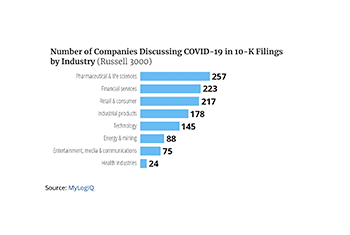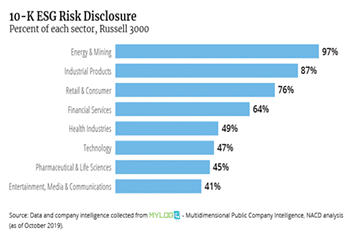On March 25, the US Securities and Exchange Commission (SEC) issued another round of relief for public companies with regard to financial filings in light of the Coronavirus Disease 2019 (COVID-19) outbreak. The Commission provided public companies with a 45-day extension to file reports originally due between March 1 and July 1, 2020. This new order is an extension of the SEC’s earlier March relief order. As companies prepare their 10-Q and 10-K filings, boards need to ensure that their companies’ filings not only accurately identify and reflect the impact of the pandemic on their businesses, but also effectively communicate with investors.
A recent NACD poll on board responses to the COVID-19 crisis found that only 34 percent of boards at the time the survey was conducted in mid-March had reviewed their company’s external communications strategy, but this number is bound to grow as the crisis continues. As the SEC states in its recent order, “we encourage public companies to provide current and forward-looking information to their investors,” adding an important reminder about safe-harbor rules for such statements.
In speaking about future developments, companies can deprioritize issues and engagement not related to COVID-19, which is the topic most important to investors in this moment. As stated by one major investor group, such engagement “should be postponed where not related to COVID-19 to allow management and boards the ability to focus on crisis management.”


